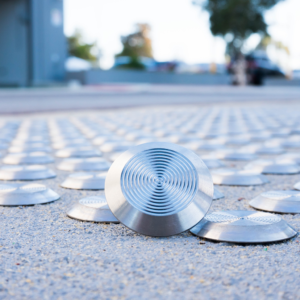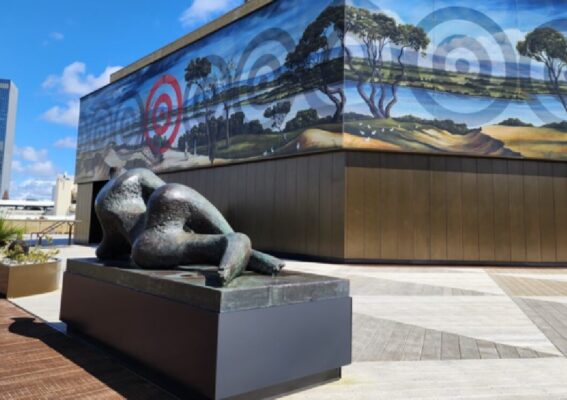The OTB in Western Australia plays a crucial role in regulating and supporting occupational therapists to ensure the highest standards of care. Ensuring accessibility and inclusivity is paramount for the OTB, and they recognized the importance of accommodating individuals with visual impairments. To achieve this goal, the OTB collaborated with Dottac, a leading company specializing in tactile solutions. Dottac’s innovative use of stainless steel tactile indicators made a significant impact in transforming the OTB into an inclusive and accessible institution.
The OTB, as a regulatory body, serves both occupational therapists and the public. Ensuring that all members of the public, including those with disabilities, can access their services and resources is a fundamental aspect of their mission. This necessitated a thoughtful approach to accessibility, and Dottac’s expertise in tactile solutions was instrumental in achieving this.
Tactile indicators are essential tools for enhancing accessibility in public spaces. They provide crucial sensory information to individuals with visual impairments, aiding them in navigation and ensuring their safety. The incorporation of tactile indicators at the OTB was a significant step towards making their services more accessible.
Dottac initiated the project by conducting a comprehensive assessment of the OTB’s premises. This assessment aimed to identify key areas where tactile indicators could have the most significant impact. Collaborating closely with OTB staff and accessibility experts, Dottac ensured that the installation would be tailored to meet the unique requirements of the OTB’s facility.
The entrance to the OTB was one of the primary areas of focus. Dottac strategically installed stainless steel tactile indicators at the entrance, marking the transition from the exterior to the interior. These tactiles provided clear and tactile cues, making it easier for patrons with visual impairments to locate and access the OTB’s main entrance independently.
Inside the building, tactiles were placed strategically to guide visitors towards different areas, including reception desks, waiting areas, and offices. These indicators formed tactile pathways, ensuring that individuals with visual impairments could navigate the facility with confidence. The tactiles’ raised dots and patterns provided tactile feedback, helping patrons identify directional cues and transitions.
The use of stainless steel for the tactile indicators was a wise choice. Not only is stainless steel durable and resistant to corrosion, but it also adds a modern and sophisticated touch to any environment. At the OTB, the sleek appearance of the stainless steel tactiles complemented the facility’s professional atmosphere.
Staircases, often present in multi-story buildings like the OTB, were another area of focus. Dottac addressed this by installing tactile indicators on staircases throughout the facility. These tactiles featured raised dots and tactile patterns that clearly defined each step, enhancing safety and accessibility.
Elevators, essential for navigating multi-level buildings, also received Dottac’s attention. Tactile indicators were strategically positioned near elevator doors to aid patrons in locating and accessing elevators independently. This not only improved accessibility but also demonstrated the OTB’s commitment to inclusivity.
The installation of stainless steel tactile indicators at the OTB was a testament to Dottac’s dedication to accessibility and inclusivity. These indicators were more than functional; they symbolized a commitment to making occupational therapy services and resources accessible to everyone, regardless of their abilities. The OTB’s dedication to accessibility was evident in its partnership with Dottac, which transformed it into an institution that is more welcoming and inclusive for all.
Furthermore, the tactiles contributed significantly to the safety of the OTB’s facility. Patrons with visual impairments could now navigate the space with increased confidence, reducing the risk of accidents and falls. The OTB staff also recognized the positive impact of these tactile indicators in creating a secure and accommodating environment for all visitors.














